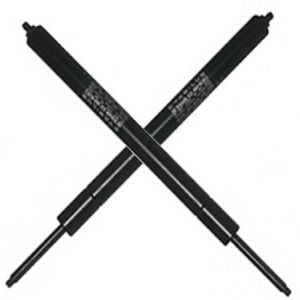
Not all springs are mechanical. There are gas springs that live up to their namesake by featuring compressed gas. You can use them to position moving parts. When exposed to a load, the pressure of the gas will increase, thus allowing the gas spring to exert its own force. To choose the right gas spring, though, you must consider the damping direction.
Damping Direction Explained
The damping direction of a gas spring refers to the direction in which a gas spring exerts force. All springs are designed to exert a force when exposed to a load — and gas springs are no exception.
Some gas springs have an extension damping direction. Other gas springs have a compression damping direction. You can refer to the damping direction to determine which way a gas spring exerts force.
Extension Damping Direction
An extension damping direction means the gas spring exerts an inward, pulling force. Springs are often categorized according to their damping direction. There are extension springs as well as compression springs. Extension springs have an extension damping direction. They are designed to operate under a tension load. The tension load will stretch the extension springs so that they become longer.
Compression Damping Direction
A compression damping direction means the gas spring exerts an outward, pushing force. They are designed to operate under a compression load. When exposed to a compression load, they will become shorter. At the same time, gas springs with a compression damping direction will exert a pushing force. Most gas springs use a compression damping direction such as this.
Why the Damping Direction Is Important
You’ll need to consider the damping direction when choosing gas springs. It will dictate the applications for which you can use it. Some applications require an extension damping direction, whereas other applications require a compression damping direction.
All gas springs exert a force. The direction in which this force is exerted is represented by the damping direction. Gas springs with an extension damping direction exert an inward, pulling force. Gas springs with a compression damping direction exert an outward, pushing force.
In Conclusion
Gas springs work by leveraging compressed gas to exert a gas. When exposed to a load, the pressure of their respective gas will increase. This increase in pressure allows gas springs to exert a force. The damping direction simply reflects the direction of this exerted force.
